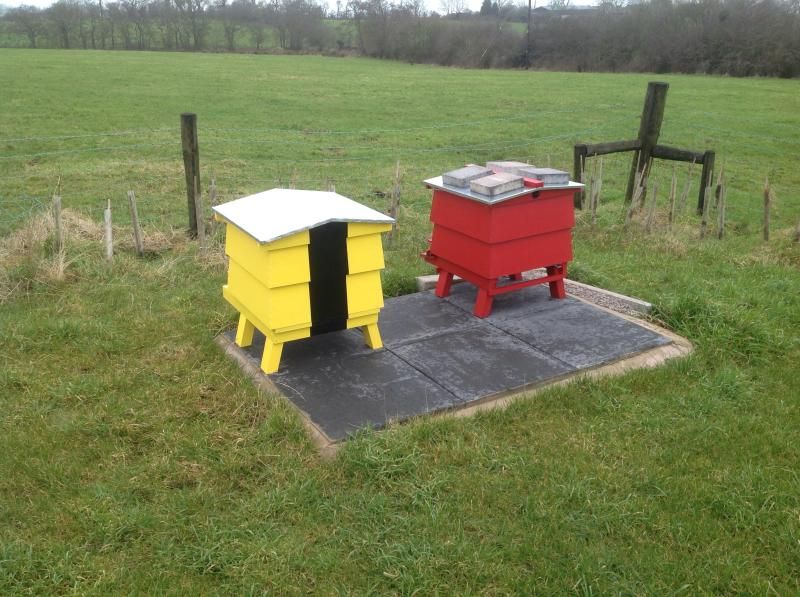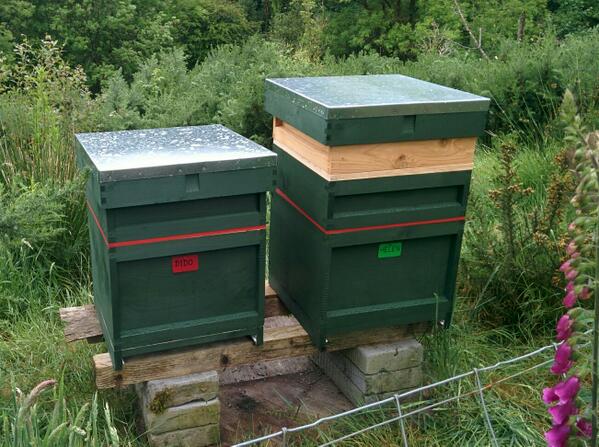Jez100
New Bee
- Joined
- Oct 10, 2014
- Messages
- 16
- Reaction score
- 0
- Location
- Filey
- Hive Type
- National
- Number of Hives
- 18
I just wondered after making up some new hive boxes should I paint them with ronseal fence line I found in the shed. Will it extend the working life of the cedar or is best left untreated.
Many thanks
Jez
Many thanks
Jez





